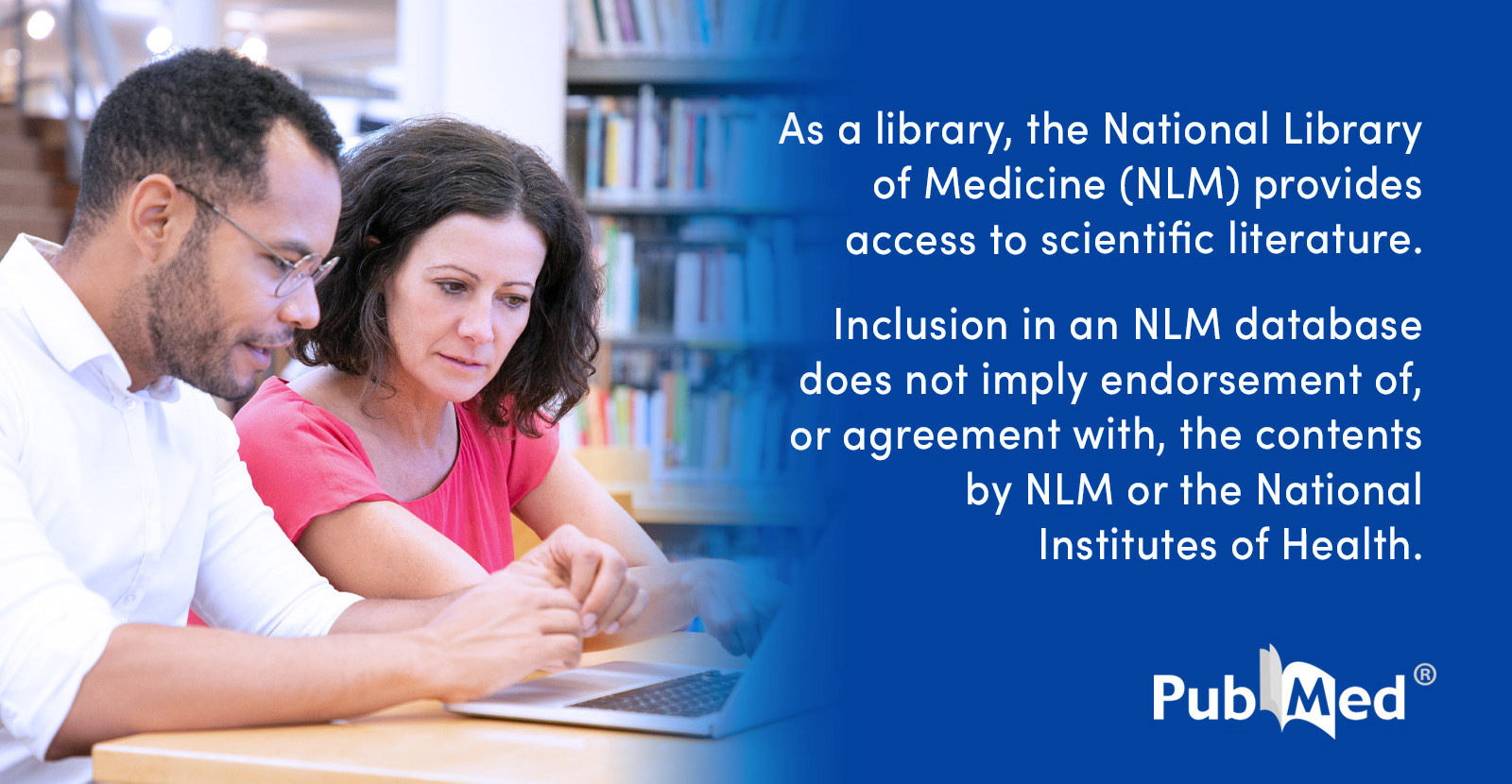mogmypsl999
Live. Laugh. Love Peptides.
- Joined
- Mar 4, 2025
- Posts
- 1,191
- Reputation
- 805
Just a small overview to show when bpc and when tb might be useful.
BPC-157
Chronic tendinopathy: stimulates tendon fibroblast migration and growth factor signaling (GH receptor, FAK-paxillin), supports regeneration
Ligament sprain (MCL): improves vascular-driven ligament healing and biomechanical stability in animal studies
Muscle tear or strain: accelerates muscle fiber regeneration and tendon healing via VEGF-induced angiogenesis
Tendon-to-bone healing (enthesis): boosts early structural recovery and tendon integration post-injury (e.g. Achilles detachment)
GI ulcers and barrier stress: shows strong cytoprotection, mucosal repair, and inflammation control in UC/IBD models
Microcirculation and endothelial healing: enhances nitric oxide signaling and VEGFR2 activity for better tissue perfusion
----------------------------------------------------------------------------------------------------------------------------------------------
TB-500
Muscle tears and skin wounds: promotes rapid re-epithelialization, boosts cell migration via actin remodeling
Joint inflammation / bursitis-type pain: strong anti-inflammatory action, reduces fibrosis and soft tissue swelling
Ligament injury: supports structured collagen formation and biomechanical recovery in MCL repair models
Corneal injury / dry eye / neurotrophic keratopathy: improves epithelial healing and symptom relief (RGN-259 clinical data)
Angiogenesis and tissue regeneration: mobilizes endothelial and stem cells, enhances new vessel growth and healing capacity
 pmc.ncbi.nlm.nih.gov
pmc.ncbi.nlm.nih.gov

 pubmed.ncbi.nlm.nih.gov
pubmed.ncbi.nlm.nih.gov

 pubmed.ncbi.nlm.nih.gov
pubmed.ncbi.nlm.nih.gov

 pubmed.ncbi.nlm.nih.gov
pubmed.ncbi.nlm.nih.gov
 pmc.ncbi.nlm.nih.gov
pmc.ncbi.nlm.nih.gov

 pubmed.ncbi.nlm.nih.gov
pubmed.ncbi.nlm.nih.gov

 pubmed.ncbi.nlm.nih.gov
pubmed.ncbi.nlm.nih.gov

 pubmed.ncbi.nlm.nih.gov
pubmed.ncbi.nlm.nih.gov

 pubmed.ncbi.nlm.nih.gov
pubmed.ncbi.nlm.nih.gov
BPC-157
Chronic tendinopathy: stimulates tendon fibroblast migration and growth factor signaling (GH receptor, FAK-paxillin), supports regeneration
Ligament sprain (MCL): improves vascular-driven ligament healing and biomechanical stability in animal studies
Muscle tear or strain: accelerates muscle fiber regeneration and tendon healing via VEGF-induced angiogenesis
Tendon-to-bone healing (enthesis): boosts early structural recovery and tendon integration post-injury (e.g. Achilles detachment)
GI ulcers and barrier stress: shows strong cytoprotection, mucosal repair, and inflammation control in UC/IBD models
Microcirculation and endothelial healing: enhances nitric oxide signaling and VEGFR2 activity for better tissue perfusion
----------------------------------------------------------------------------------------------------------------------------------------------
TB-500
Muscle tears and skin wounds: promotes rapid re-epithelialization, boosts cell migration via actin remodeling
Joint inflammation / bursitis-type pain: strong anti-inflammatory action, reduces fibrosis and soft tissue swelling
Ligament injury: supports structured collagen formation and biomechanical recovery in MCL repair models
Corneal injury / dry eye / neurotrophic keratopathy: improves epithelial healing and symptom relief (RGN-259 clinical data)
Angiogenesis and tissue regeneration: mobilizes endothelial and stem cells, enhances new vessel growth and healing capacity
Emerging Use of BPC-157 in Orthopaedic Sports Medicine: A Systematic Review - PMC
Background: Body protection compound-157 (BPC-157) is a naturally occurring gastric peptide that promotes mucosal integrity and homeostasis. Preclinical studies show its potential for promoting healing in musculoskeletal injuries such as fractures, ...

BPC 157 and Standard Angiogenic Growth Factors. Gastrointestinal Tract Healing, Lessons from Tendon, Ligament, Muscle and Bone Healing - PubMed
Commonly, the angiogenic growth factors signify healing. However, gastrointestinal ulceration is still poorly understood particularly with respect to a general pharmacological/pathophysiological role of various angiogenic growth factors implemented in growth factors wound healing concept...

Modulatory effect of gastric pentadecapeptide BPC 157 on angiogenesis in muscle and tendon healing - PubMed
Angiogenesis is a natural and complex process controlled by angiogenic and angiostatic molecules, with a central role in healing process. One of the most important modulating factors in angiogenesis is the vascular endothelial growth factor (VEGF). Pentadecapeptide BPC 157 promotes healing...

BPC 157 and Standard Angiogenic Growth Factors. Gastrointestinal Tract Healing, Lessons from Tendon, Ligament, Muscle and Bone Healing - PubMed
Commonly, the angiogenic growth factors signify healing. However, gastrointestinal ulceration is still poorly understood particularly with respect to a general pharmacological/pathophysiological role of various angiogenic growth factors implemented in growth factors wound healing concept...
Emerging Use of BPC-157 in Orthopaedic Sports Medicine: A Systematic Review - PMC
Background: Body protection compound-157 (BPC-157) is a naturally occurring gastric peptide that promotes mucosal integrity and homeostasis. Preclinical studies show its potential for promoting healing in musculoskeletal injuries such as fractures, ...

Thymosin beta4 accelerates wound healing - PubMed
Angiogenesis is an essential step in the repair process that occurs after injury. In this study, we investigated whether the angiogenic thymic peptide thymosin beta4 (Tbeta4) enhanced wound healing in a rat full thickness wound model. Addition of Tbeta4 topically or intraperitoneally increased...

Thymosin β4: a multi-functional regenerative peptide. Basic properties and clinical applications - PubMed
The considerable advances in our understanding of the functional biology and mechanisms of action of thymosin β(4) have provided the scientific foundation for ongoing and projected clinical trials in the treatment of dermal wounds, corneal injuries and in the regeneration and repair of heart and...

Thymosin beta4 enhances repair by organizing connective tissue and preventing the appearance of myofibroblasts - PubMed
Incisional wounds in rats treated locally with thymosin beta4 (Tbeta4) healed with minimal scaring and without loss in wound breaking strength. Treated wounds were significantly narrower in width. Polarized light microscopy treated wounds had superior organized collagen fibers, displaying a red...

Thymosin β4: a multi-functional regenerative peptide. Basic properties and clinical applications - PubMed
The considerable advances in our understanding of the functional biology and mechanisms of action of thymosin β(4) have provided the scientific foundation for ongoing and projected clinical trials in the treatment of dermal wounds, corneal injuries and in the regeneration and repair of heart and...

